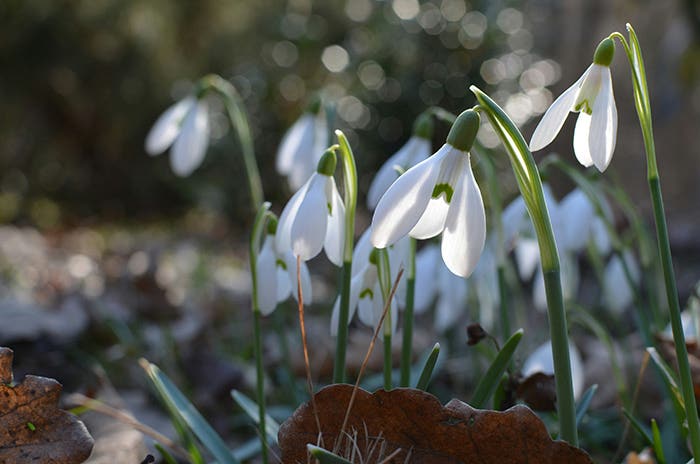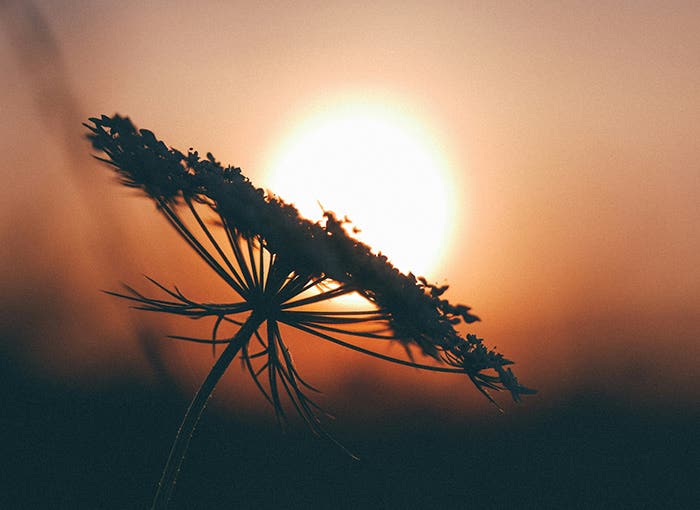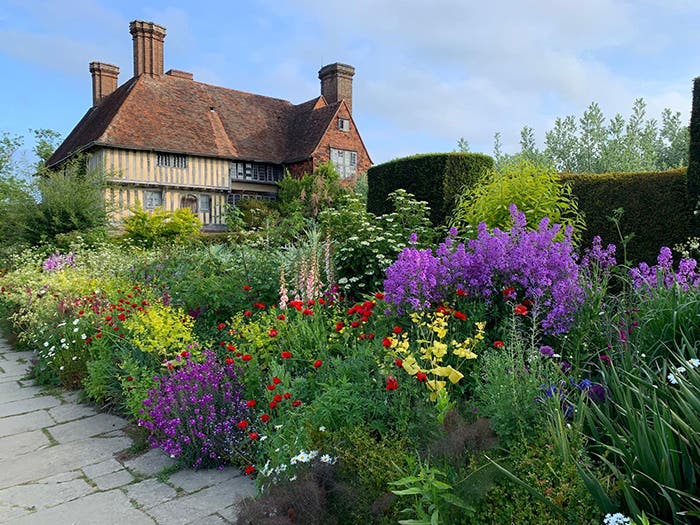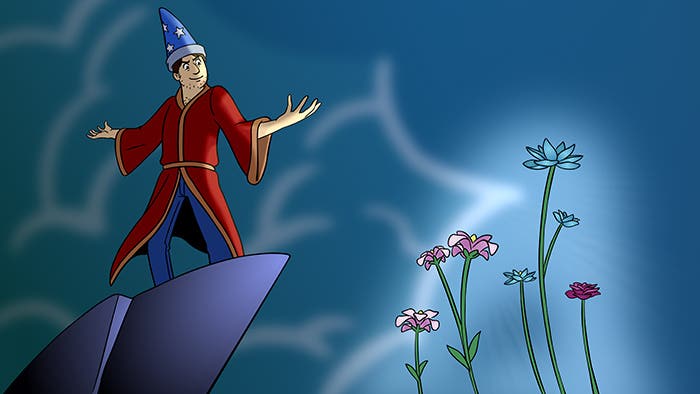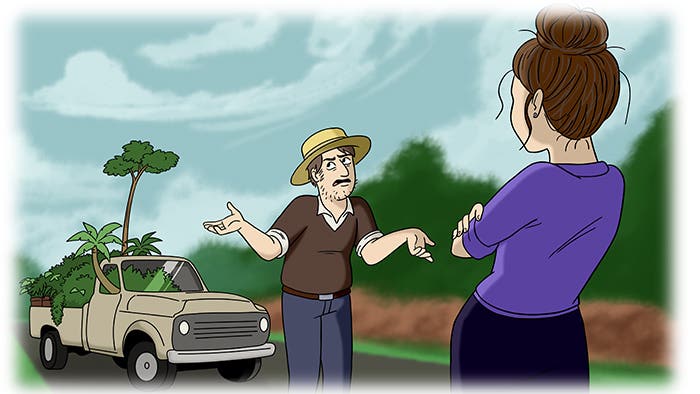Deep Roots: Are Shared Plants a Blessing or a Curse?
Better know what you’re getting!
Houttuynia cordata, the chameleon plant. It sure does look nice for a few years after the unsuspecting gardener plants it. All perky and peppy, it is a joy to have and behold. A clash of color, an explosion of variegation, a hornet’s nest of vigor, it beguiles the unschooled into the gardening equivalent of a serious drug addiction. But worse than that, because it takes the average gardener at least two years to go through the entire denial process and finally, fully realize the plant’s determined and depraved imperialism.
And because it grows so beautifully and bountifully during this entire incubation period, they’ve been generously giving it to others. They have unwittingly become a Typhoid Mary of gardens, heedlessly spreading pain and suffering to friends, family and every single person in the condo pickleball league.
I was exhorting a garden club about Houttuynia one time and, just to be sure I got their attention, I likened it to venereal disease—a contagion spread gardener to gardener when the sway of a feel-good moment usurps all rational thought. A few, as usual, tittered nervously, but when one of them shouted, “At least you can get rid of a venereal disease!” it brought the house down.
Indeed, we love to give plants away almost as much as we love to receive them, but tales of gifted chameleon plants and other aggressive spreaders have convinced a colleague of mine to advise a blanket policy: Unless you know exactly what you’re getting, graciously accept the plant and immediately submerge it in a barrel of acid the minute you get home. My preferred option: Surreptitiously toss it over the fence of a mortal enemy as you pass by.
Lives have been ruined because of Houttuynia, and it’s not alone. Do a quick Google search of any free plant to guide you. The evil ones get a million hits—woeful testimonials by gardeners driven mad by this plant or that. (Another search will confirm that possessing a barrel of acid will land you on some Homeland Security watchlist.)
So that’s the dark side of shared plants. But then you hear stories of plants handed down through generations of families, heartwarming tales that make you feel about the same as when you learn of some person getting pulled alive from a well.
Even better. In 2022, a dear friend gave me an incredible perennial chrysanthemum called ‘Gracie’. She had gotten it from a mutual friend, who had, himself, gotten it from a friend. And who knows how far back this (literal) daisy chain goes? Or how much it has branched in other directions? New links, new branches await.
This is the right kind of contagion. Gardeners and friends, often many miles apart, psychically bonded to each other every time they walk their gardens and see and touch the plant that joins them. No longer just a plant, it’s a portal. A time machine. A living net connecting friends with beauty and growth.


